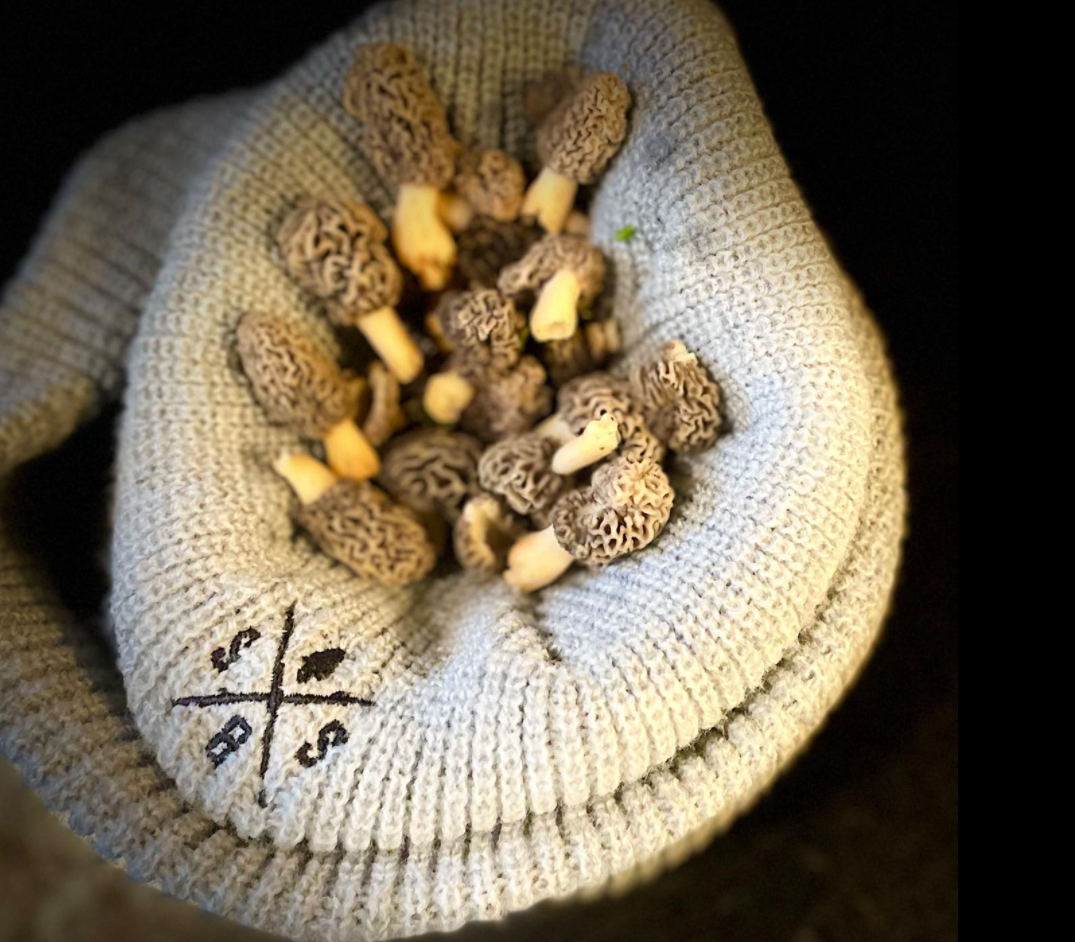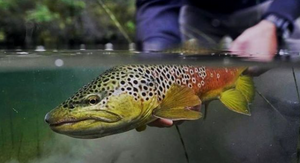Spring brings with it one of life's most satisfying culinary adventures: foraging for ingredients and preparing food with them. In this article, you'll learn about several of spring's tastiest forageable offerings, how to forage for them safely and ways to prepare them. Specifically, this article's topics are fiddleheads, wild leeks and morel mushrooms.
Fiddleheads
When people talk about fiddleheads, they typically mean ostrich ferns in an early stage of development, which emerge in mid-spring. If you're in eastern Canada or New England, fiddleheads may grow in "wild and wet areas" near you. They appear in clumps and resemble, as you might guess from the name, the head of a fiddle but with a distinctive green color. They also have papery brown husks.
However, be careful not to mistake edible ostrich fiddleheads with other plants, which may be toxic. When in doubt, consult with an expert like a professional forager or botanist.
Even with edible fiddleheads, proper cleaning, cooking and storing are necessary. To clean, remove the husk and wash off dirt with cold water. Before using them in recipes, steam fiddleheads for 10–12 minutes or boil them for 15 minutes. Options for storing unused clean fiddleheads include freezing and refrigeration.
Once they're ready to be cooked, you can pair fiddleheads with eggs, fry them, use them in salads and more! When you're camping, consider sautéing them over the fire.

Wild Leeks
Wild leeks, also known as ramps, are an abundant, early-arriving spring addition that range from South Carolina to Quebec. To find them, look for leaves that are wide and green and stalks that resemble scallions. And be careful not to pick toxic lookalikes such as the lily of the valley or false hellebore, which are poisonous.
Even if you're sure it's a leek, caution is called for. Be careful not to harvest endangered varieties. Pick only mature plants, and don't overharvest a particular batch of leeks: They need time to grow, and wiping out a batch will set the species back. If you have questions about a plant's potentially toxic identity or its endangered status, talk to an expert before picking or using the plant.
Once you've responsibly identified and harvested edible leeks, they can be part of a hearty campfire soup or pair with eggs and herbs, among other dishes.
Morel Mushrooms
Morel mushrooms are notable because they only grow in the wild. They have honeycomb-like exteriors and hollow interiors, and their colors vary from gray to yellow. It is possible to mistake similar-looking, poisonous counterparts, such as false morels, for morel mushrooms, so take caution when harvesting. Strongly consider taking an experienced morel mushroom hunter with you.
Once harvested, morels require careful cleaning, as they can be quite dirty. But that's worth it: From there, they can be cooked in all sorts of ways! Options include grilling them or frying them up over the campfire.
Conclusion
Whether you're after one of the three plants discussed in this article or another one, always be aware of applicable laws in your area and follow sustainable harvesting practices. And if you're not sure what a plant is, leave it alone until you can consult with a reliable expert. Otherwise, best of luck with your foraging adventure, and have a tasty spring!



